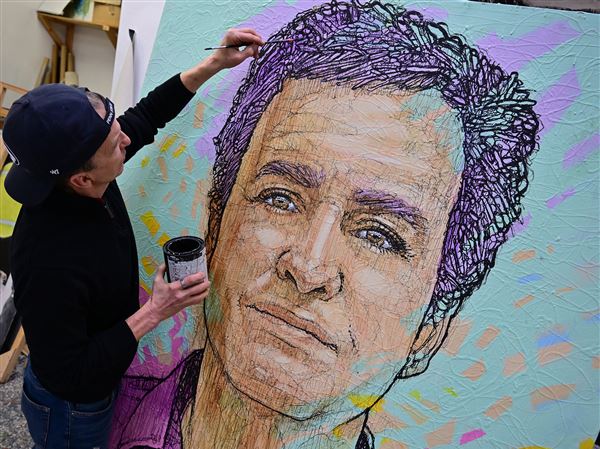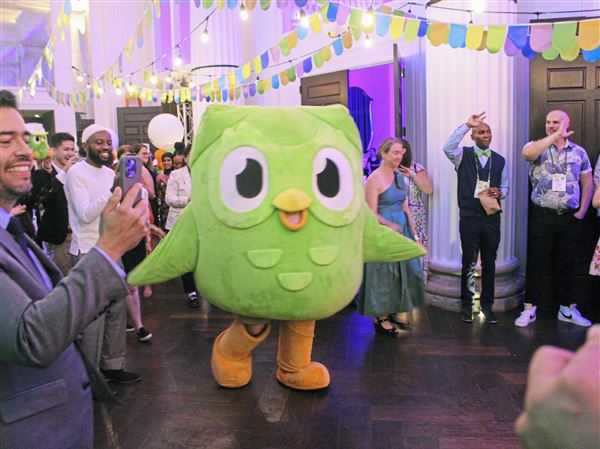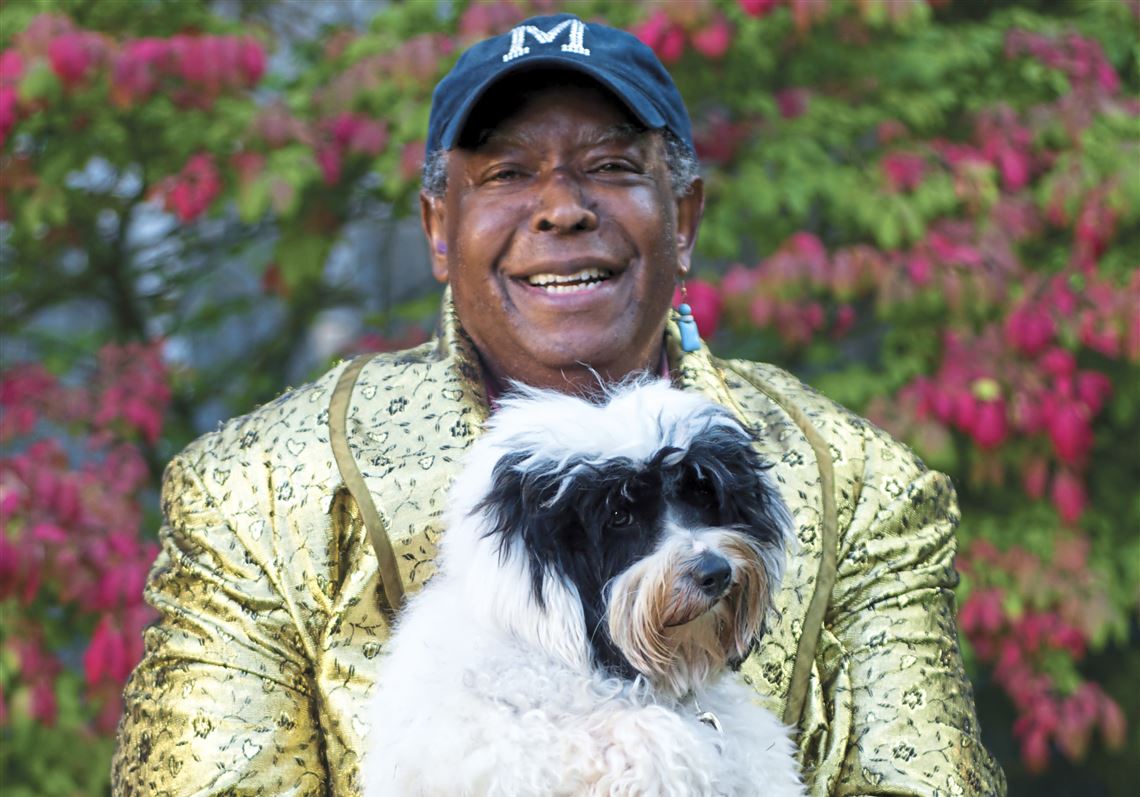How can so much joy emanate from the recounting of a life dominated by the struggle to hide or not to hide one’s identity and most authentic feelings?
No matter how sad or troubling his topic, Francois S. Clemmons radiates infectious optimism, fortitude and grace throughout “Officer Clemmons: A Memoir.” That may come as no surprise to those who most closely associate the author with his friendly singing police officer character from “Mister Rogers’ Neighborhood.” But trust that Mr. Clemmons digs well below superficial characterizations to share stories of moving onward and upward from the often-troubling circumstances of his life.
Catapult ($26).
The cover of Mr. Clemmons’ memoir features a photo from 1993 re-creating the iconic “Neighborhood” vignette from 1969 where Fred Rogers invites the make-believe policeman to cool his feet with him in a wading pool. Mr. Clemmons already had the distinction of being the first African American to regularly appear on a children’s television program when Rogers staged the scene that has come to symbolize, for many, a plainspoken call for civil rights justice. This might lead to mistaken notions that this book merely explores Rogers’ (admittedly great) impact on Mr. Clemmons’ life. Not so..
In fact, Mr. Clemmons divides his story into four parts, and Rogers fails to appear in the first three. Those opening sections prove no less compelling for that. “Little Buttercup: The Younger Years” delves into the racist Southern sharecropping system that earlier generations of the Clemmons family worked under and that continued to impact him in his earliest years.
Here he establishes much of the tone for his memoir, painting touching scenes of boyhood days spent under the spell of the stories and songs shared by his Granddaddy Saul, whose cane Mr. Clemmons was told possessed magical powers. The idyllic soon turns tragic, though, with his family forced to move due to flooding, his grandfather dying and his parents separating after a terrifying, near-deadly brawl with each other. Through it all, Francois Clemmons somehow holds on to hope, most often through music and the loving care of family elders.
“Youngstown” explores more of the dichotomy in Mr. Clemmons’ life as he grows into young adulthood. To escape her unstable, abusive husband, Mr. Clemmons’ mother, Inez, moves the family to Ohio. In this unfamiliar urban, industrial setting Francois Clemmons learns about Northern forms of racism through segregation of neighborhoods, academic tracks at school and even unwelcoming houses of worship.
Again, though, he searches for the positive and finds teachers who help him develop his vocal ability, friends eager to form singing groups and an unlikely supporter who can perhaps help him earn a scholarship to allow him to go to college. Mr. Clemmons’ mom marries a man in Youngstown who turns out to be an abusive alcoholic, and that creates another obstacle for our protagonist who ends up being taken in by a friend’s family as he tries to complete high school.
Even more than race, Francois Clemmons’ sexuality defines and troubles him throughout his life. Once he is finally “Off to College,” Mr. Clemmons considers more deeply what it means to be gay and wonders if he can ever openly explore a romantic partnership with another man. Attending Oberlin, a liberal arts-oriented school, ends up offering him a variety of beneficial experiences.
Mr. Clemmons gets to travel to the Soviet Union with his school choir, hones his vocal skills into a potential career option and meets Martin Luther King Jr. He also encounters a variety of gay men, some open and eager to share their experiences, others willing only to have closeted relationships. His most intriguing partnership ends up being with Nicky Gelosi, a football player, poet and dramatist. In the book’s one flaw, we keep hearing about how Mr. Clemmons and Mr. Gelosi commit to each other, even after both of them marry women, but then never get any resolution about their relationship after their times spent together through their early 20s.
Part four of the book, “There Are Many Ways to Say I Love You,” tackles the rest of Francois Clemmons’ life. Much of it explores how Mr. Clemmons, while a Carnegie Mellon University graduate student, ends up appearing on Fred Rogers’ children’s show and finding in our local lion a supporter of his professional singing career, a friend, a mentor and a father figure.
As much praise as he heaps on Fred Rogers, Mr. Clemmons refuses to deify him. He confronts head on the fact that, for all the ways Rogers accepted him and held him up, he also insisted that he stay closeted if he expected to stay on the TV show and give himself the most career opportunities. Still, the overwhelming number of Mr. Clemmons’ recollections about their relationship are positive. They lead to a satisfying, if a bit rushed, conclusion of Francois Clemmons making peace with his family, creating his most fulfilling artistic endeavor and finding a welcoming geographic and intellectual home at Middlebury College in Connecticut.
Mr. Clemmons never shies away from the often brutal realities that helped shape him. That time and time again he chooses a path of faith, love and forgiveness speaks to his resilience and character. His hard-won positivity shines throughout this inspiring, open-hearted story.
John Young teaches seventh grade language arts and plays in the rock band The Optimists.
First Published: May 15, 2020, 2:00 p.m.

















